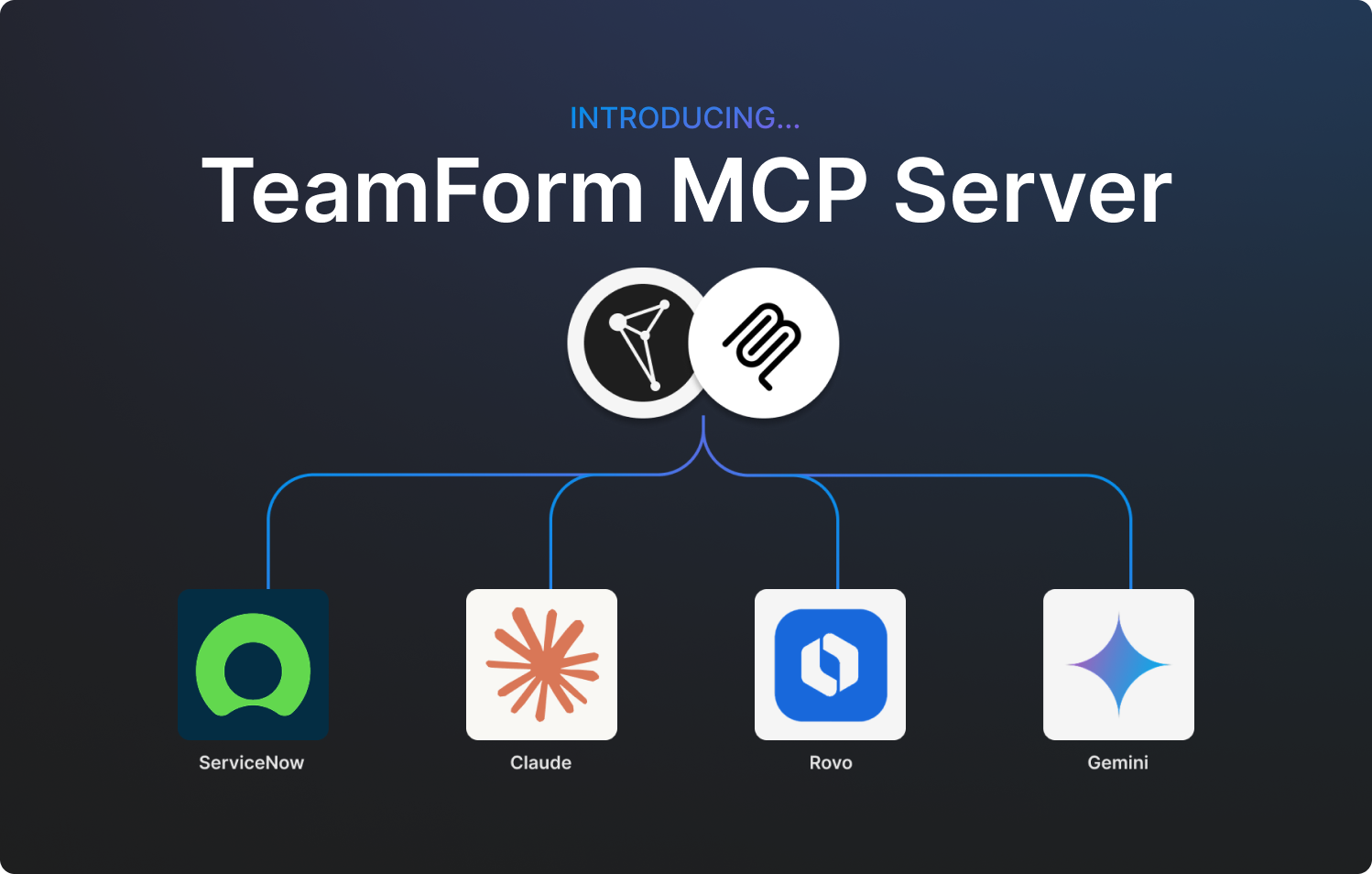Supply/demand workforce planning is a critical aspect of workforce management that ensures that an organisation has the right number of employees with the necessary skills and experience to meet the needs of the business. The process of supply/demand workforce planning involves assessing the current workforce and future workforce needs, identifying gaps, and developing strategies to address those gaps. In this article, we will explore some effective strategies for supply/demand workforce planning.
Forecasting Future Workforce Needs
The first step in supply/demand workforce planning is forecasting the future workforce needs. This involves analysing current and future business goals, identifying the skills and experience required to achieve those goals, and estimating the number of employees needed to meet those requirements. Accurately forecasting future workforce needs is crucial to avoid over or under-staffing, which can have a significant impact on the organisations productivity, revenue, and employee morale.
Assessing Current Workforce Capabilities
Once future workforce needs have been estimated, the next step is to assess the current workforce's capabilities. This involves identifying the skills and experience of the current workforce and determining how well they align with the future workforce needs. This assessment will help identify the gaps in the current workforce and determine the necessary steps to address those gaps.
Developing a Workforce Plan
After assessing the current workforce and forecasting future workforce needs, the next step is to develop a workforce plan that outlines the strategies to address the gaps in the current workforce. This plan should include recruitment strategies, training and development programs, and retention strategies. It should also include a contingency plan for unexpected changes in the business environment.
Reviewing and Adjusting the Workforce Plan
The final step in supply/demand workforce planning is to review and adjust the workforce plan regularly. This will ensure that the plan remains relevant and effective in addressing the gaps in the current workforce and meeting future workforce needs. Regular review and adjustment will also help the organisation respond quickly to changes in the business environment, such as new technology or changes in market demand.
In conclusion, supply/demand workforce planning is critical for any organisation that wants to achieve its business goals while maintaining a happy and productive workforce. Accurately forecasting future workforce needs, assessing current workforce capabilities, developing a workforce plan, and regularly reviewing and adjusting the plan are effective strategies for successful supply/demand workforce planning. By implementing these strategies, organisations can ensure that they have the right number of employees with the necessary skills and experience to meet the demands of the business.




.png)










